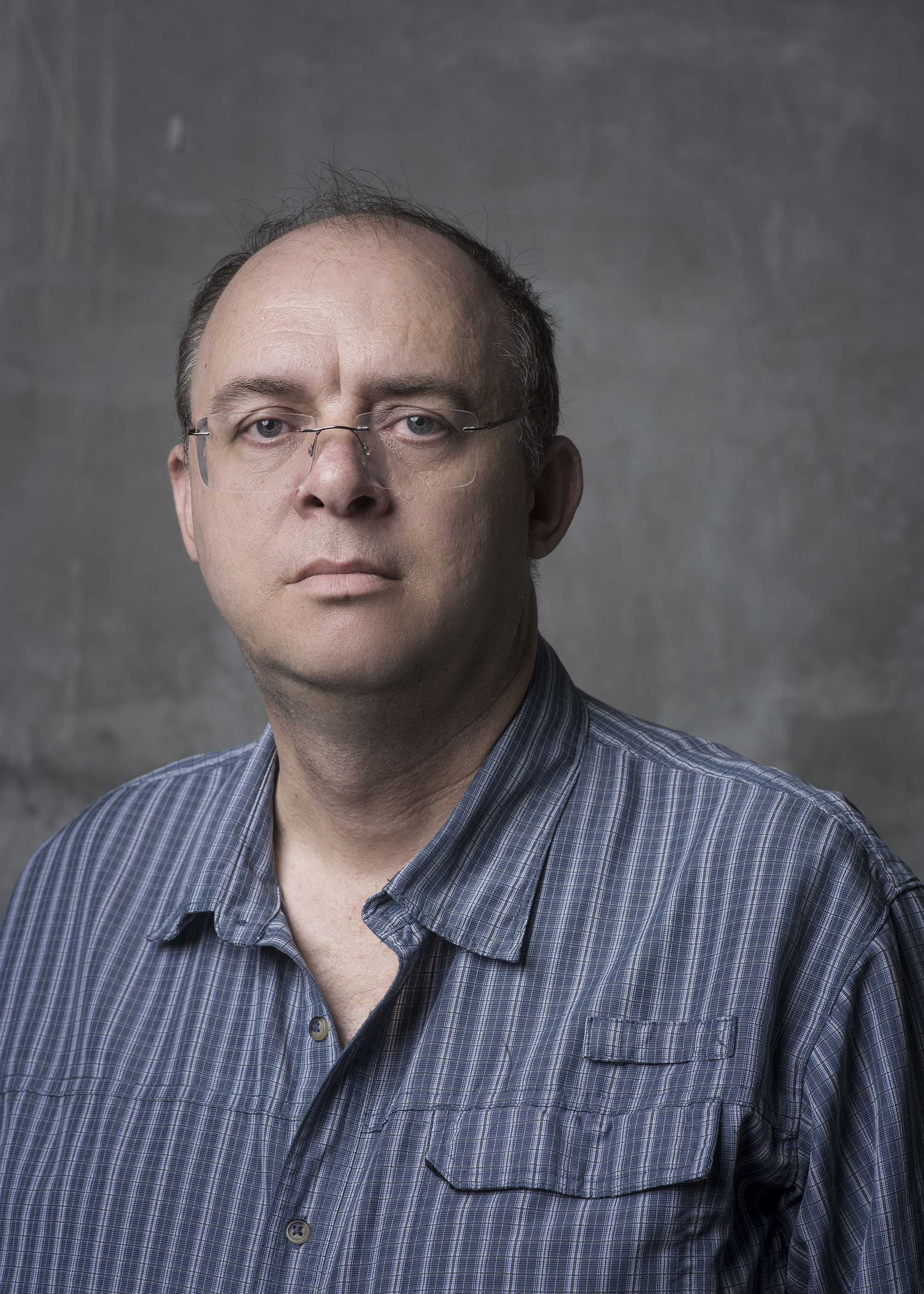Distinguished Faculty of Philosophy at SCI-Arc Publishes New Book on the Ethics, Aesthetics, and Metaphysics of Love
SCI-Arc Distinguished Faculty of Philosophy Graham Harman has recently published his 14th book, Dante’s Broken Hammer: The Ethics, Aesthetics, and Metaphysics of Love. The book picks up Harman’s collegiate passion for Dante Alighieri’s Divine Comedy and parallels the theory of object-oriented ontology, (OOO), of which Harman is credited as the founder.
How We Look at Architecture
Immanuel Kant is widely credited as the source of formalist theory in architecture, or that a building’s value rests solely in its form. In his Critique of Judgment, Kant argues the perception of beauty lies not in the objects, but within the viewer, which creates a chasm between commonly accepted terms for what makes aesthetics “good.” With Scheler’s Ordo Amoris essay, Harman connects the dots between Dante’s ethics of love, an ontological critique of Kantian ethics, and what these implications mean for the critique of art and architecture—a core focus of his teachings at SCI-Arc.
“In a way, many academic disciplines try to produce knowledge, but I claim philosophy is not a knowledge,” Harman explains. Citing Socrates, who asked questions of his students that were then answered by more questions, Harman goes on to explain that the last 400 years of philosophy’s imitations of the sciences do not address the questions confronting architects.
“Modern philosophy tends to view our knowledge of the outer world as capable of strict scientific determination, while holding in parallel that ethical and aesthetic values belong to an inner ‘psychological’ sphere governed by arbitrary assertions of personal taste, ” Harman states (Dante’s Broker Hammer, p. 162). However, if we are going to study and improve architecture, the unit of value has to be love in the manner of union between a human and another human or non-human object—Dante’s driver in the 13th century—in a concept he calls amorous ethics.
“…Ethics is not about rational beings in abstraction from the world, but about the bonds between an amorous agent and its beloved objects in the world,” Harman says (Dante’s Broken Hammer, p. 174). Through this lens, leaders in the field can make room for both objective critique and human opinion, and address the larger issues confronting architecture: How do buildings affect human ecology? How do we deem what makes architecture good?
Teaching Through Analogy
Harman credits 20th century German philosopher Martin Heidegger with laying the foundations of OOO. Grounded in Heidegger’s ideas on presence at hand—the thing—and readiness to hand—what the thing does—the argument follows that men tend to focus on the action being executed but not the tool facilitating the action, which often leads to the conclusion that practice comes before theory.
“The object-oriented answer to that is that practice doesn’t get us any closer to theory,” Harman says. “Objects are deeper than our perception, and than each other. You have to push further, to the inanimate reality that science isn’t explaining.”

Graham Harman